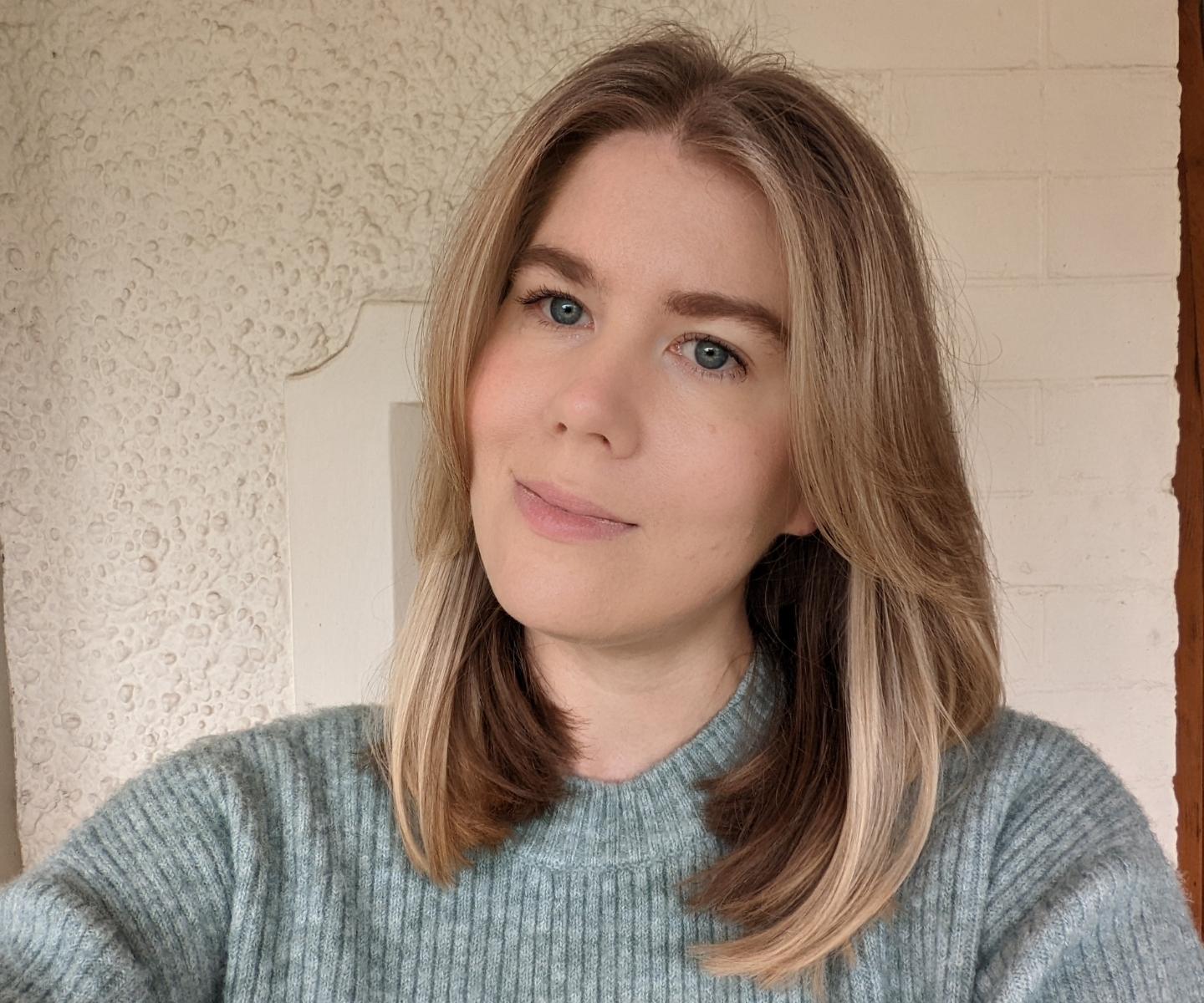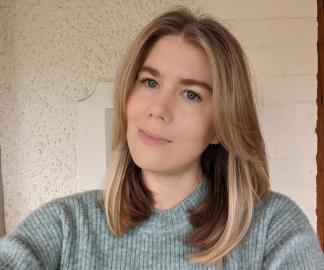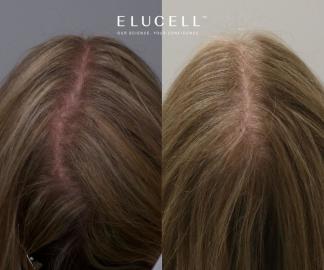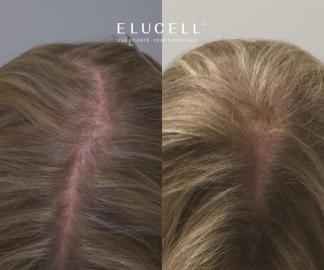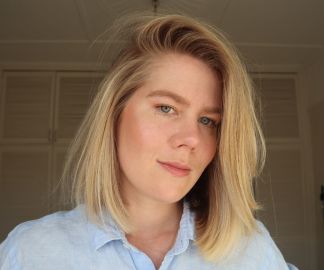Following my initial article about hair loss, I was approached by a clinician who suggested I explore a treatment called PRP.
You might know of PRP as the Kim Kardashian 'Vampire Facial', but at the time, I had no idea what PRP and PRP for hair growth were.
The team of doctors and nurses at Elucell (that's the clinic I went to, for anyone Googling 'PRP hair treatment Melbourne') explained PRP hair loss treatment is a three-step process.
It involves scalp injections of a liquid called ‘plasma’, which is derived from a sample of your own blood.
Now, if you know me, you will know there are three things that terrify me in life:
Snakes, spiders and needles.
Oh, and I once fainted watching my partner give blood. Not my proudest moment.
So, to say I was ‘nervous’ about a treatment involving not only needles but blood was a big understatement.
But after navigating hair loss for a few years, I was willing to give anything a go.
And MAN, am I glad I did.
I’m not going to sit here and say, ‘it was so much more comfortable than I expected.'
That would be a lie.
But what I will say is the results I saw were far beyond what I could have expected.
Editor's note: Check out the difference in hair growth around the temple area in these two selfies of Karin taken about 14 months apart!?
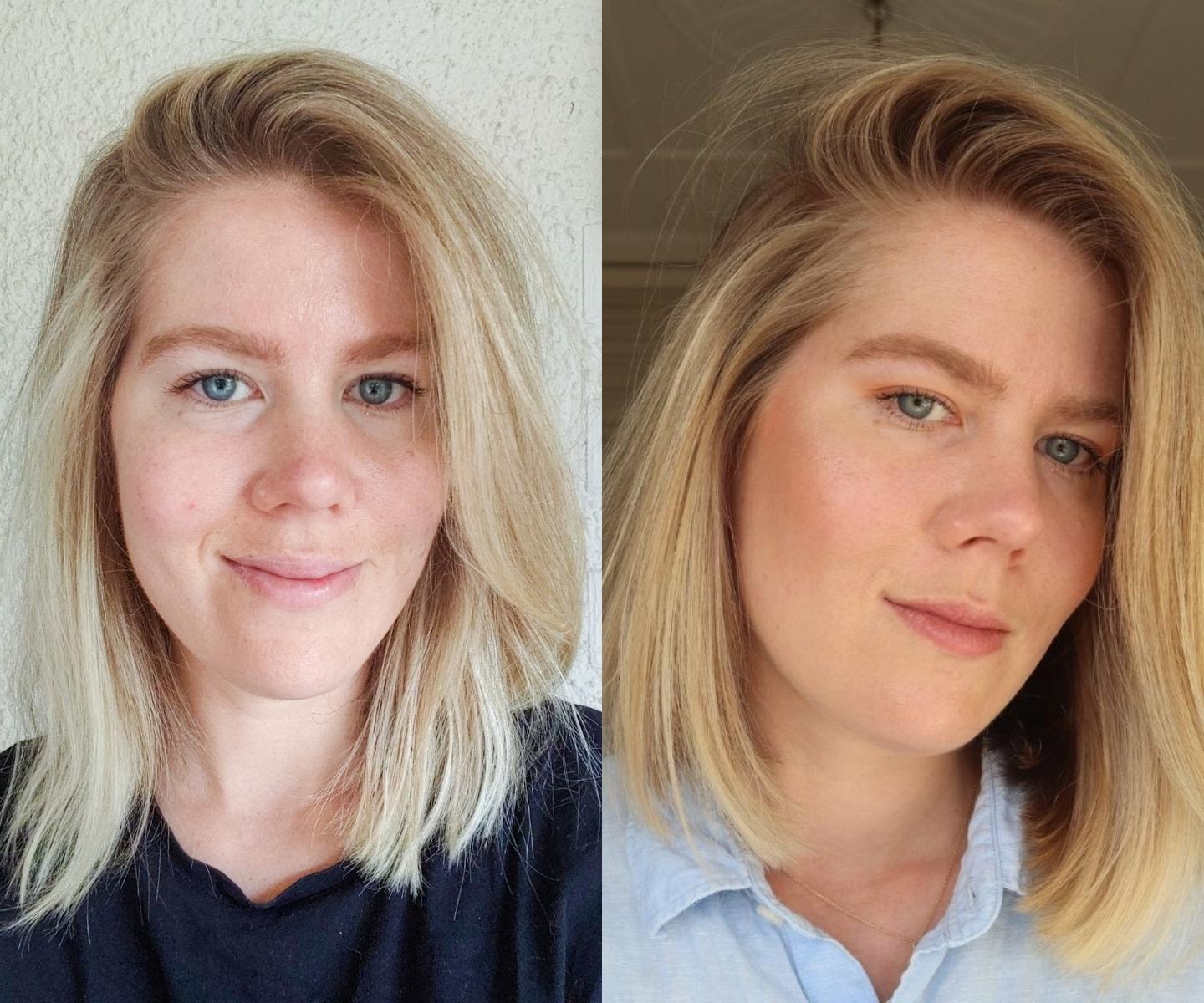
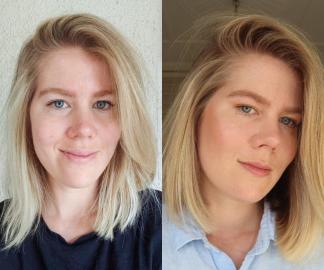
I posted about my PRP treatment and PRP hair thickness on my personal Instagram, and I received quite a few questions about it.
So, I thought I'd put together an honest guide to PRP for hair loss and how it's helped me.
And for the questions that require medical expertise, the Elucell experts were more than happy to answer.
Let’s get into it. (And yes, I've included my PRP for hair loss before and after photos!)
What Is PRP for Hair Loss?
If you've heard of PRP, read any PRP hair treatment reviews or searched, 'PRP hair treatment female' and 'PRP hair treatment results', then you've come to the right article.
PRP therapy is a 3-step procedure used to treat hair loss.
It involves drawing blood and injecting a concentration of your own platelets into the scalp to promote hair growth.
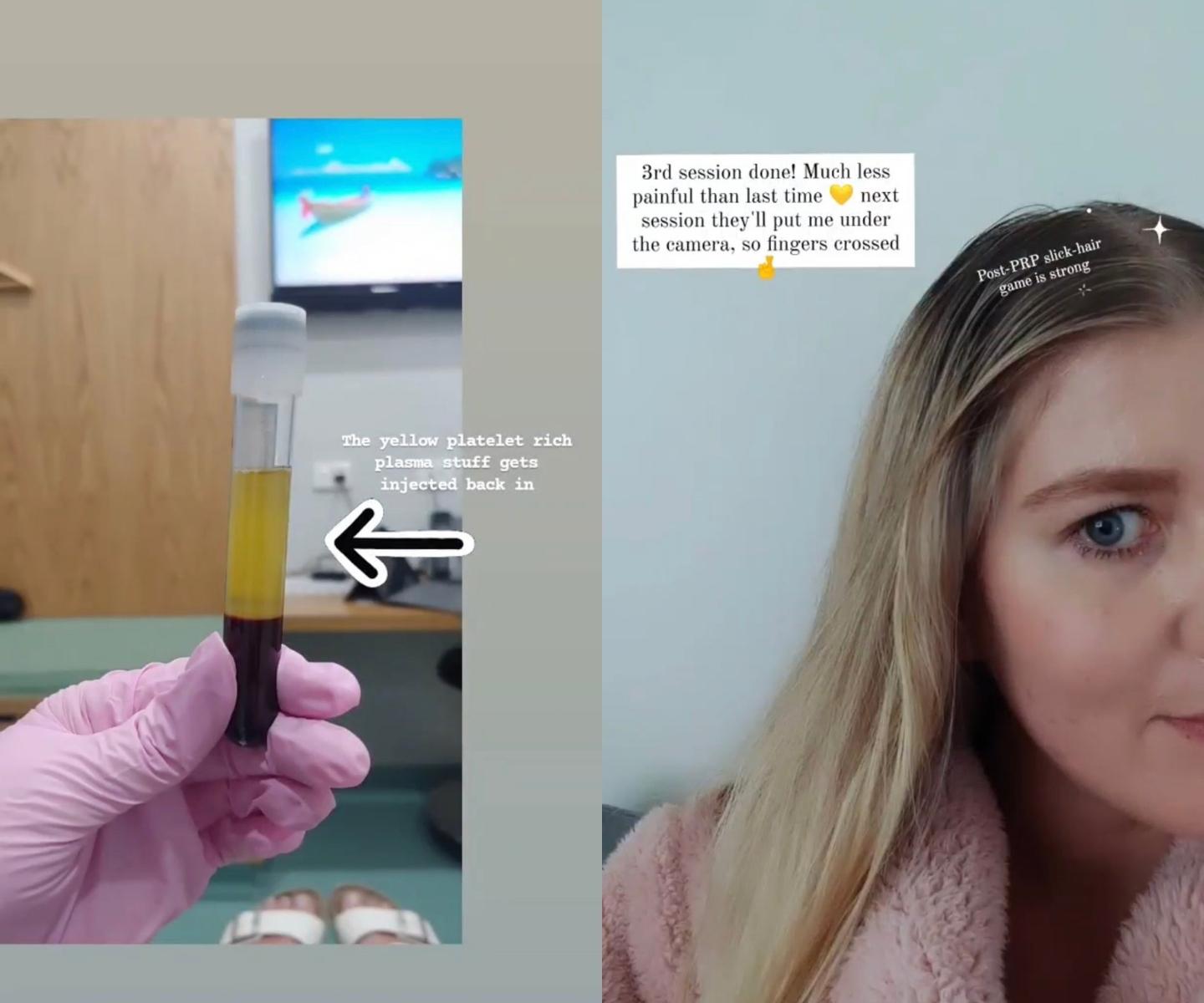
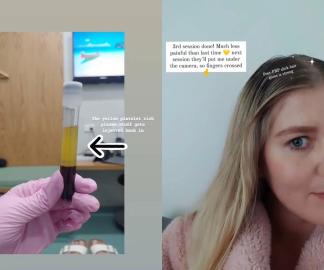
How Does PRP Work?
Essentially, the procedure aims to increase the number of active hair follicles.
Typically, healthy hair growth occurs in 4 stages:
Stage 1: Growth
Stage 2: Regression
Stage 3: Resting
Stage 4: Shedding
Once a hair reaches Stage 4, the cycle resets to Stage 1. And on it goes.
But when you’re experiencing hair loss, your hair is usually stuck in Stage 3 (resting stage) before it then sheds.
And what you are left with is hair that grows back slower and weaker or hair that completes the process too quickly thus resulting in a quicker turnover of hair.
PRP treatment uses plasma components from the blood, which contains growth and regenerative factors, to help stimulate the hair follicles to return to Stage 1 of the hair growth cycle.
Think of it like pressing the reset button on a computer that’s frozen.
Who Can & Can't Get PRP For Hair Loss?
A suitable candidate is a person who is in the early stages of their hair loss and still has active hair follicles.
Someone who has been experiencing hair loss for 5+ years or is experiencing chronic bald patches, can still see some results but may struggle to grow new hair.
This is due to the scar tissue forming as a result of chronic inflammation and obliterating the hair follicle.
PRP is also a great option for people who have had hair transplants and are wanting to maintain the results.
The main thing to remember is that PRP will not be able to create hairlines that the individual never had.
You can watch my You Tube video below to find out more about the do's and don'ts of hair loss.
